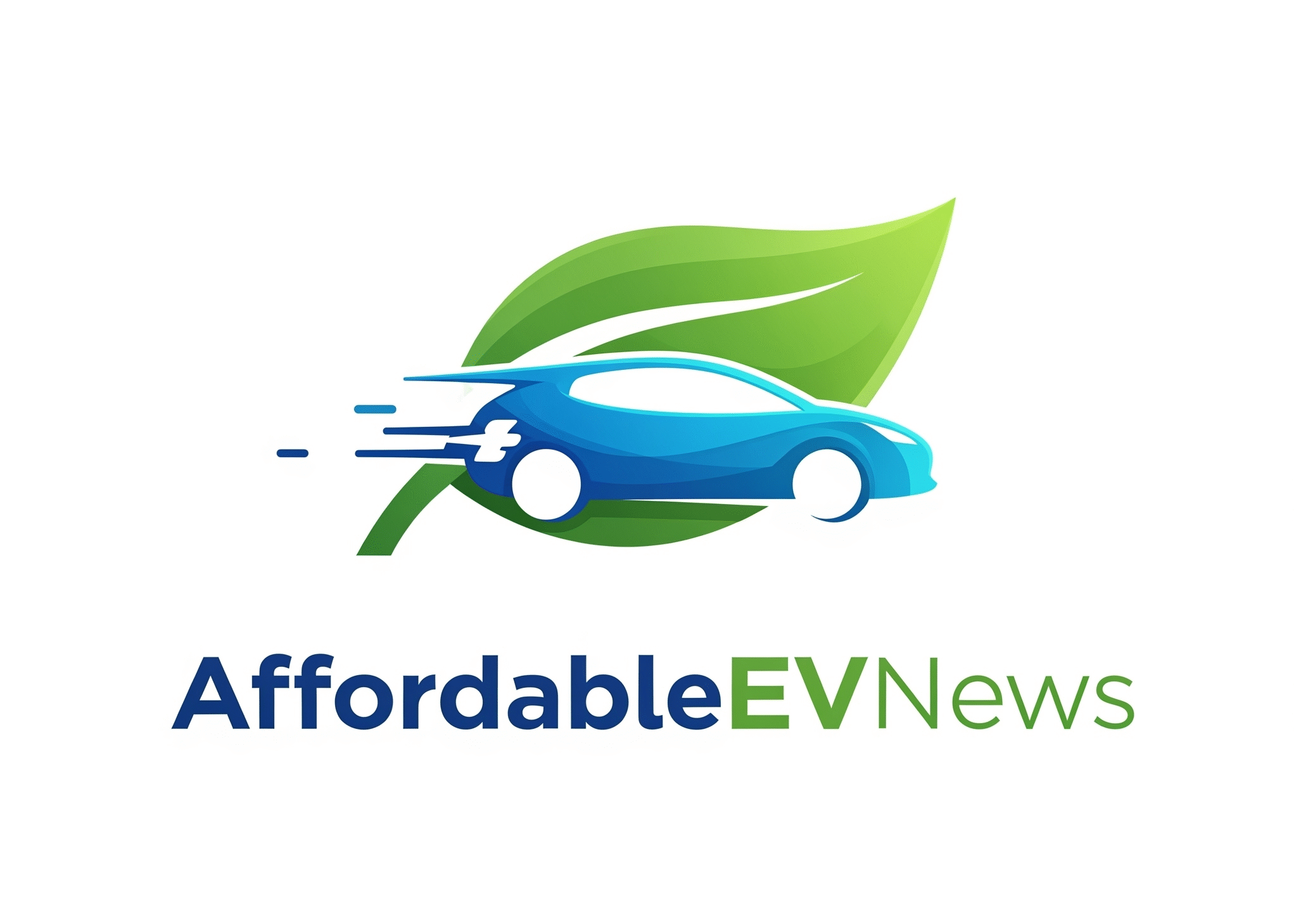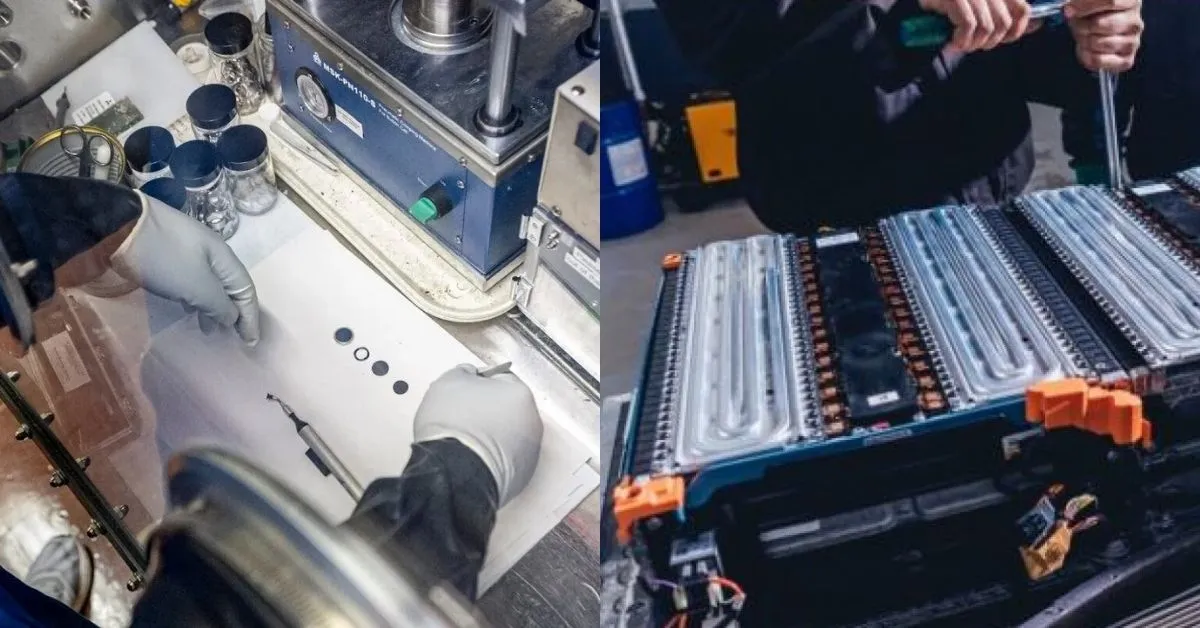The EV era has arrived—but behind the sleek sedans and silent acceleration lies a growing environmental question: what happens to all those batteries?
Now, a team of Chinese researchers may have cracked the code. In a new study published in Angewandte Chemie, scientists revealed a new glycine-based battery recycling technique that recovers 99.99% of lithium, alongside equally impressive rates for nickel, cobalt, and manganese—all without harsh chemicals, extreme heat, or toxic byproducts.
The result? A cleaner, faster, and more scalable solution that could redefine EV battery recycling forever.
The Lithium Lifeline: Why This Matters Now
EV sales are booming—expected to hit 31.6 million units per year by 2030. But every electric vehicle runs on a lithium-ion battery, and these powerhouses don’t last forever.
Most traditional recycling methods, like pyrometallurgy (fire-based extraction) or hydrometallurgy (acid baths), are energy-intensive, emit greenhouse gases, and recover only a fraction of key materials. Worse, improperly discarded batteries can leach toxic metals like cobalt and nickel into the environment, contaminating soil and water.
All of this adds up to an urgent need: better, faster, cleaner battery recycling.
The Breakthrough: A Greener Way to Recover Battery Gold
Researchers from Central South University, Guizhou Normal University, and the National Engineering Research Center of Advanced Energy Storage Materials in China have unveiled a breakthrough.
Their method? A pH-neutral solution made from:
- Glycine (yes, the amino acid found in protein shakes)
- Iron and salt
- Sodium oxalate
Together, this humble “liquid cocktail” dissolves spent battery materials in just 15 minutes, recovering:
- Lithium: 99.99%
- Nickel: 96.8%
- Cobalt: 92.35%
- Manganese: 90.59%
Unlike Rice University’s Flash Joule Heating (which hits 3,000°C) or acid-based recovery methods, this glycine-based solution operates at room temperature, using no toxic byproducts and far less energy.
According to Stanford chemical engineering professor William Tarpeh, recycling uses just 25% of the energy and water needed for raw material extraction, with far lower emissions.
Bigger Impacts: For EVs, Supply Chains, and the Planet
With over 100,000 EVs expected to retire in the U.S. alone this year, and millions more globally in the coming decade, battery waste is becoming a tidal wave.
Companies like Redwood Materials, Ascend Elements, and Li-Cycle are already scaling up—but breakthroughs like this could supercharge the battery circular economy.
Why it matters:
- Reduces dependence on foreign lithium refining (China currently dominates 80% of global output)
- Cuts battery production costs
- Stabilizes prices and supply chains
- Slashes the carbon footprint of EVs
- Keeps toxic e-waste out of landfills
And people are noticing. On X, one user hailed the breakthrough as a “win for environmentalism,” while another called it “GROSSARTIG!!!” (aka “fantastic” in German).
Challenges Ahead: From Lab to Global Scale
Of course, this innovation isn’t plug-and-play just yet.
Currently at the lab stage, it still needs:
- Industrial-scale validation
- Proven cost efficiency
- Investment in infrastructure
- Supportive policy frameworks
For context: India recycles just 1% of its used lithium batteries. In the U.S., only three states have laws mandating extended producer responsibility. Meanwhile, the EU is moving faster with comprehensive regulations.
Emerging ideas—like direct recycling (restoring cathodes without full breakdown) and Malaysia’s proposed EV battery passport system—are also adding momentum.
Comparative Table: Traditional vs. Glycine-Based Battery Recycling
| Aspect | Traditional Recycling | New Glycine-Based Method |
|---|---|---|
| Lithium Recovery Rate | 50–80% | 99.99% |
| Time Required | Hours to Days | 15 Minutes |
| Environmental Impact | High (Toxic Byproducts) | Low (pH-neutral, eco-safe) |
| Energy Usage | High (3,000°C temps) | Low (Room Temperature) |
| Materials Recovered | Variable (Li, Ni, Co) | Li (99.99%), Ni, Co, Mn (90%+) |
| Scalability | Established but Costly | Lab-stage, Needs Scaling |
Final Lap: A New Roadmap for EV Sustainability
This isn’t just a scientific win. It’s a climate, economic, and industrial leap forward.
By recovering nearly all key materials with minimal waste and energy, this method could:
- Revolutionize global battery recycling
- Help meet EV demand without exploiting new mines
- Support cheaper and greener EVs
- Reduce dependency on unstable or unethical supply chains
But to fully realize its promise, governments, manufacturers, and innovators must act—investing in scale, regulation, and public-private collaboration.
Every battery recycled with this method isn’t just a win for science—it’s a win for the planet. The future of clean mobility depends not just on building more EVs, but building them smarter.
And that future? It just got a lot brighter.

